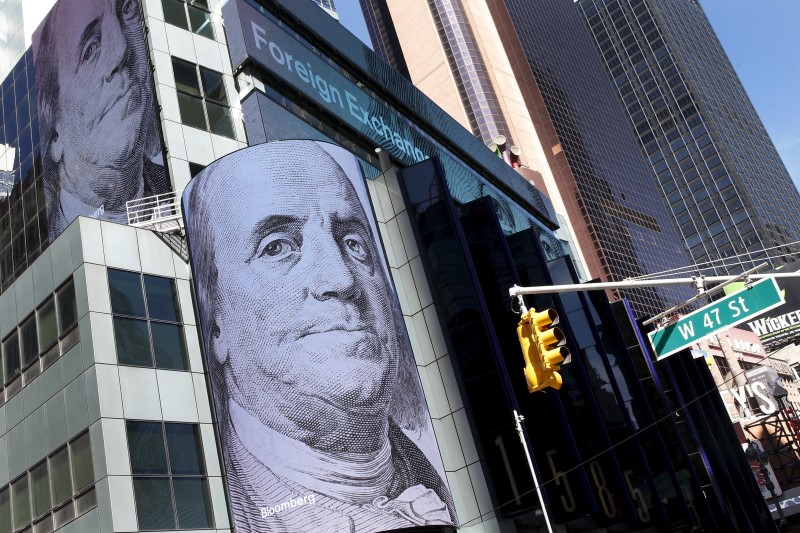US LNG exports surge but will buyers in China turn up?
(Bloomberg) -- Australia’s consumer prices rose slower than forecast in the first three months of the year as government programs lowered some costs in an economy otherwise rapidly regaining momentum.
The trimmed mean core inflation gauge advanced 0.3% from the final three months of last year, compared with economists’ estimates of a 0.5% gain, data from the Australian Bureau of Statistics showed Wednesday. Trimmed mean rose 1.1% in the first quarter from a year earlier versus an estimated 1.2% increase.
“The introduction, continuation and conclusion of a number of government schemes remained a factor in the March quarter,” said Michelle Marquardt, head of Prices Statistics at the ABS. “The fall in new dwelling prices was due to the impact of the Federal Government’s HomeBuilder grant and similar grants by the Western Australian and Tasmanian state governments.”
The Australian dollar fell 0.4% after the release to trade at 77.29 U.S. cents at 11:35 a.m. in Sydney.
The headline consumer price index advanced 0.6% from the final three months of last year, compared with economists’ estimates of a 0.9% gain. It increased 1.1% from a year earlier versus an estimated 1.4% increase.
Australian prices have been hit by cross-currents caused by fallout from Covid-19. The Reserve Bank of Australia adjusted its inflation framework to allow the economy to run a little hotter, saying it won’t raise interest rates until consumer prices are actually -- not forecast to be -- sustainably within its 2-3% target.
Governor Philip Lowe says achieving that goal will require wage gains of more than 3% for an extended period. That’s likely to take time given wages are currently around record lows. The RBA doesn’t expect to raise rates until 2024 at the earliest.
©2021 Bloomberg L.P.
